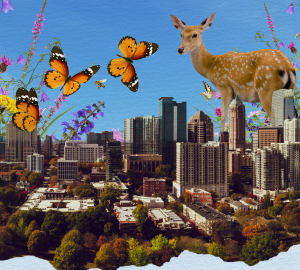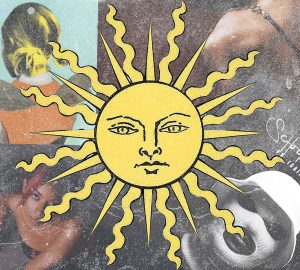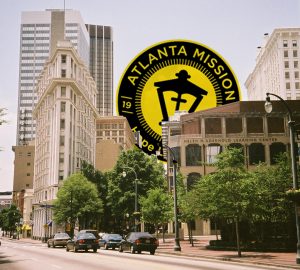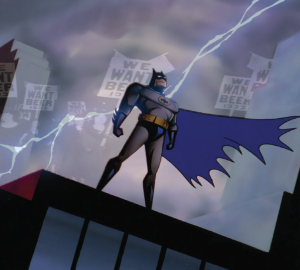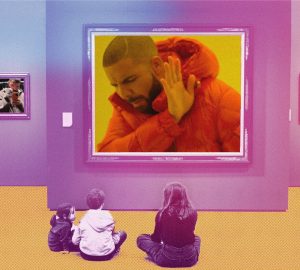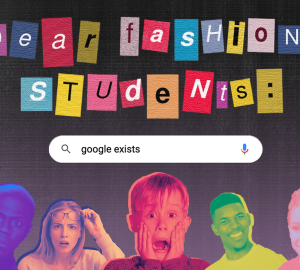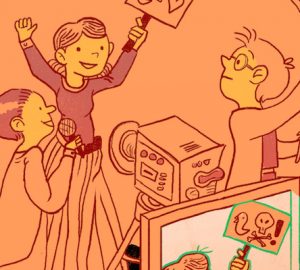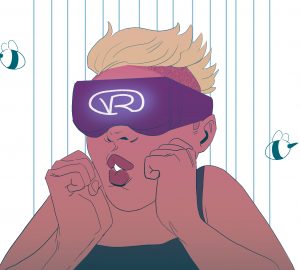A Second Chance: The Hidden Heroes Behind the LA Fires

The wildfires in LA have been raging nonstop for weeks. This catastrophe is set to be the most expensive wildfire in Californian history. It has swept across some of the most populated areas in Los Angeles, putting thousands under evacuation orders. It’s been marked by unprecedented winds and dry soil, which have caused fire tornadoes and exceedingly difficult conditions for containment.
As the fires rage in highly populated areas, the main priority has been to prevent further property damage. However, the climate hasn’t made it an easy task. Both the high-end neighborhood of the Palisades and the middle-class area of Altadena have been hit with the largest and most devastating of them all. According to ABC, thousands of structures including homes and businesses have been burned to ashes, along with several dead from the aftermath. Altadena, affected by the Eaton Fire, holds particular historical significance as a black enclave for families escaping the Jim Crow South. Now a lot of that history has been erased. In the Palisades, families have reported losing fire insurance just months before. Rebuilding won’t be an easy process with current estimates for the total damage lying in the hundreds of billions according to the Los Angeles Times.
Many SCAD students, may have loved ones or friends who have been affected by the fires as they continue to spread throughout the LA area. It may be comforting to know that mutual aid resources have been set up in parks, offering water, clothes, and other resources. Firefighters from neighboring countries like Mexico and Canada have also joined CalFire, the state’s wildfire brigade, on the front lines. However, a lesser-known fact for even Californians is the use of incarcerated firefighters.
Historically, around 30% of the force during wildfires is incarcerated. They operate under the California Department of Corrections and Rehabilitation’s Conservation Fire Camps Program which offers these prisoners a more viable second chance at life. The concept of rehabilitation is solemnly considered in a nation like America. The idea of redemption from one’s past mistakes, growing, and making amends. Many of us frown upon even the slightest idea of offering especially incarcerated individuals any empathy. After all, they deserve what they get – at least that’s the prevailing narrative. The incarcerated firefighter story arguably disproves that notion we’ve been conditioned into believing. It proves that forgiveness and empathy may be the best medicine of them all.
The Hidden Heroes
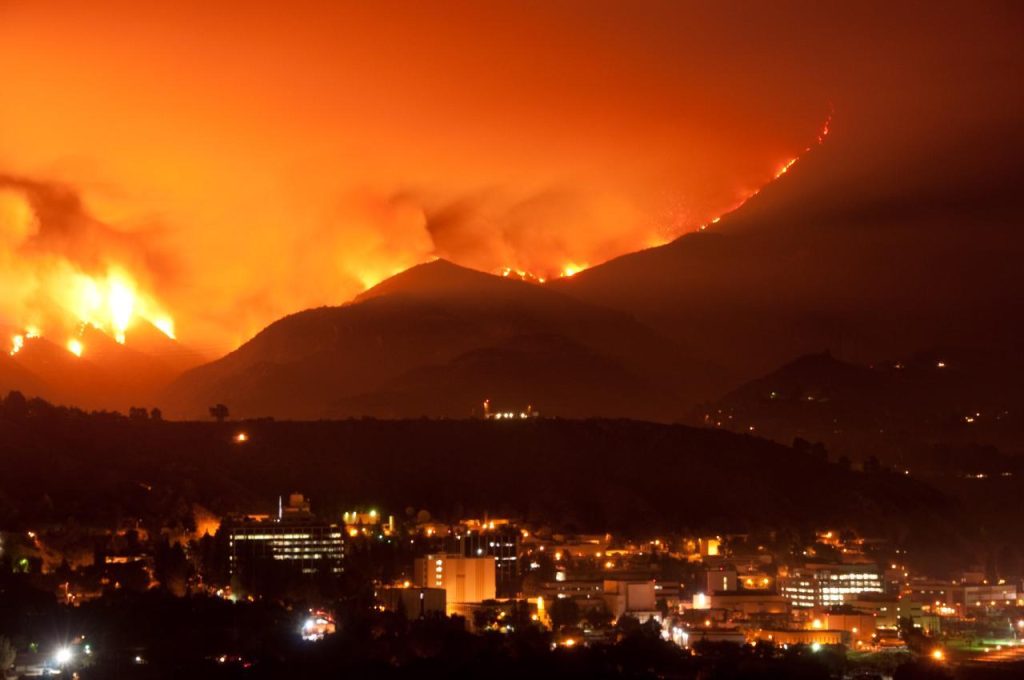
The wildfire rehabilitation program currently employs 1600 incarcerated individuals statewide. While free firefighters can have various positions as pilots or in neighborhoods defending property, incarcerated firefighters are mainly in charge of clearing brush and cutting gaps in vegetation to slow the spread of the fire. Occasionally they will help organizations like CalFire put out structural fires or what they call “active nozzles”. They work 24 hours on and get 24 hours off for rest. It’s back-breaking labor as they hike mountains and hills to save Californian communities.
These wildfires come directly after Proposition 6, which would’ve ended prison slavery in California, was voted against in the past election. Slavery was technically enshrined in the Constitution under the 13th Amendment. “Neither slavery nor involuntary servitude, except as a punishment for crime whereof the party shall have been duly convicted, shall exist within the United States, or any place subject to their jurisdiction.” This incentivized the American prison system to continue the practice, exploiting this population for profit. Prisoners are paid for their mandatory labor but it’s pennies on the dollar, and that money is typically recycled back into the prisons. It’s a completely unethical practice as they make some of the most important products like school chairs and license plates. Prop 6 would’ve given incarcerated individuals the option to refuse work without punishment. According to the American Prospect, 65,000 people in the state of California are forced to work in prison. Despite the state being viewed as a progressive safe haven, it falls behind in taking the initiative that other states have to end legal slavery.
That’s why the fire program for inmates is widely viewed as an improvement to the system. It’s a voluntary program that offers short sentences and a future outside of the camps. However, making the cut is incredibly tough. Inmates are required to have the lowest security classification, eight years or less on their sentence, and cannot possess a second conviction. In a judicial system known for enormously long sentences, especially compared to other comparable nations, this narrows the selection.
However, the Anti-Recidivism Coalition founded by Hollywood producer, Scott Budnik, is working to expand the program for others. Most recently, he helped to grant young violent offenders the opportunity to join and they’re endlessly grateful never forgetting “that they weren’t supposed to be here”. Twitch streamer, Hasan “Hasanabi” Piker recently interviewed the inmates within Scott’s program to help educate and humanize them. Xavier, an inmate who was granted this opportunity through Scott’s effort, told Hasan, “The return that we get is our second chance at life. A lot of us made decisions before our brain was able to develop – before the age of 25. At this point, it’s a blessing. It’s no more about the material but the growth that we gain from this experience.”
These prisoners get much better living conditions, proving just how far a little empathy can go. The fire camps are minimum security, they can play video games in their off time, and there is no racial tension or violence. Another inmate Hasan interviewed named Kimbo spoke about just how important being in the community is for him and others. “It’s way better. In the prison yard, I’m seeing guys get stabbed, get jumped, get beat up – but here we get better treatment. They talk to us like humans. And then the community comes out and shows us all kinds of love. We never received that growing up – that’s life-changing for a lot of guys. That’s all that we need is a little recognition.” Matthew Hahn who was a former inmate part of the program maintained his gratitude telling the American Prospect, “The fire camps remain the most humane places to serve time in the California prison system, and it is the only program that offers full expungement of criminal records after release,” Hahn writes. “Folks don’t go to fire camp for the money, they go for the freedom.”
There are definite issues with the program. Inmates at fire camps may get paid higher but they still only make around $10.24 a day. It’s nothing life-changing as they are the backbone of the wildfire season yet they make a third of the firefighters on the line. There are also limited job opportunities after prison. Most can only work within the CalFire system which pays less than municipal or even private fire brigades. Inmates do have a chance at expungement which if granted could help broaden their opportunities in the outside world.
One inmate in Hasan’s stream walked up and asked, “How can I become a better civilian coming from prison to this?” And it’s a valid question. The system we have set up in America doesn’t work to make that transition easy. They are completely shut off from the outside world, have no access to culture or their communities, exposed to constant violence. They participate in labor but that money is recycled back into these for-profit institutions through phone calls, deodorant, or a bag of Doritos that completely clears their pocket of the money they just made. There is nothing within this system that allows them to dream of a better future ultimately leading them to a higher chance of reoffending. The concept of rehabilitation is one of the defining principles of my worldview. It stretches far beyond the prison system into addiction or even just our everyday lives. By definition, rehabilitation is the process of restoring someone to a former reputation after a period of disfavor. It asks us to confront the humanity of our fellow citizens and acknowledge it – acknowledge each other’s social conditioning, class position, and every part of their reality that has led them to this place. Every single one of us is redeemable. We all can change for the better. It is on us as a society to encourage that possibility rather than continue with this stigma-infused narrative that has led us nowhere.

